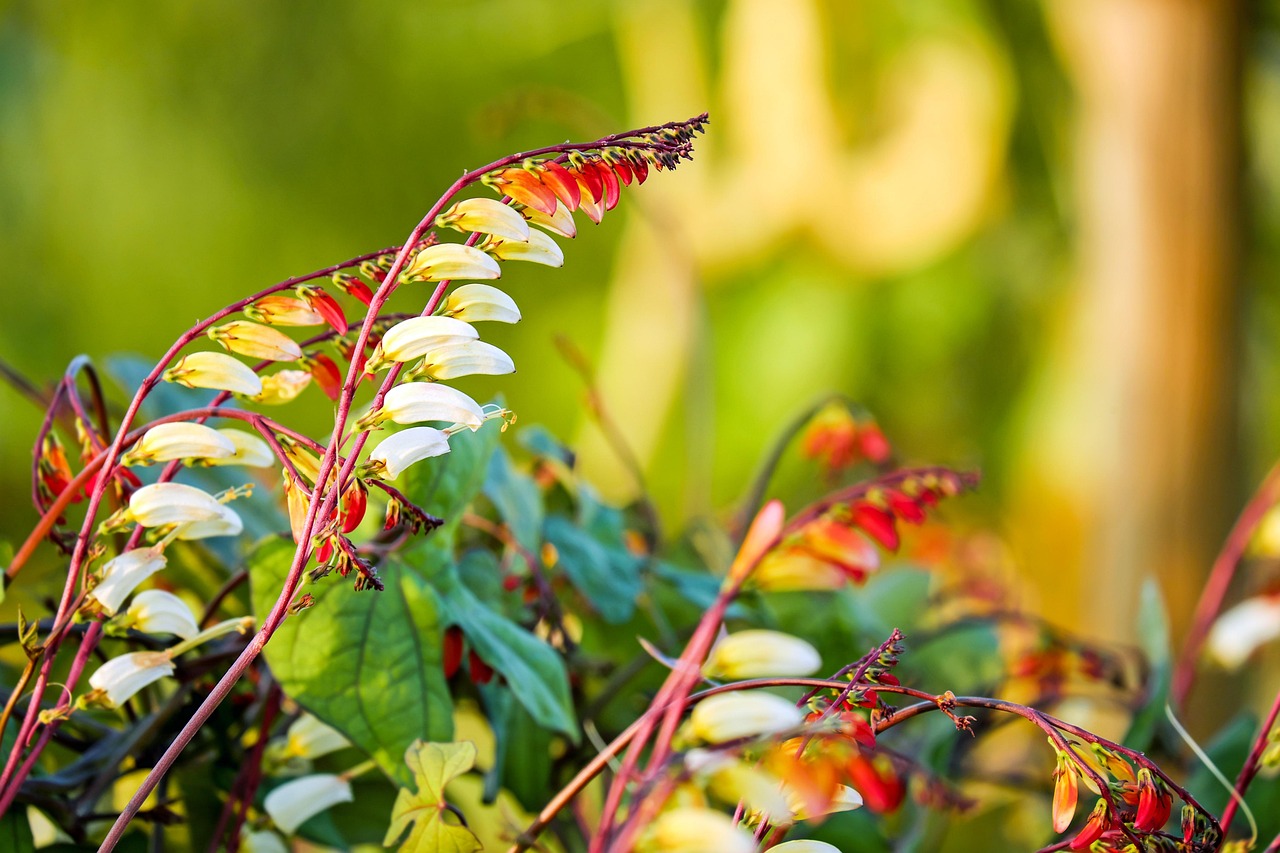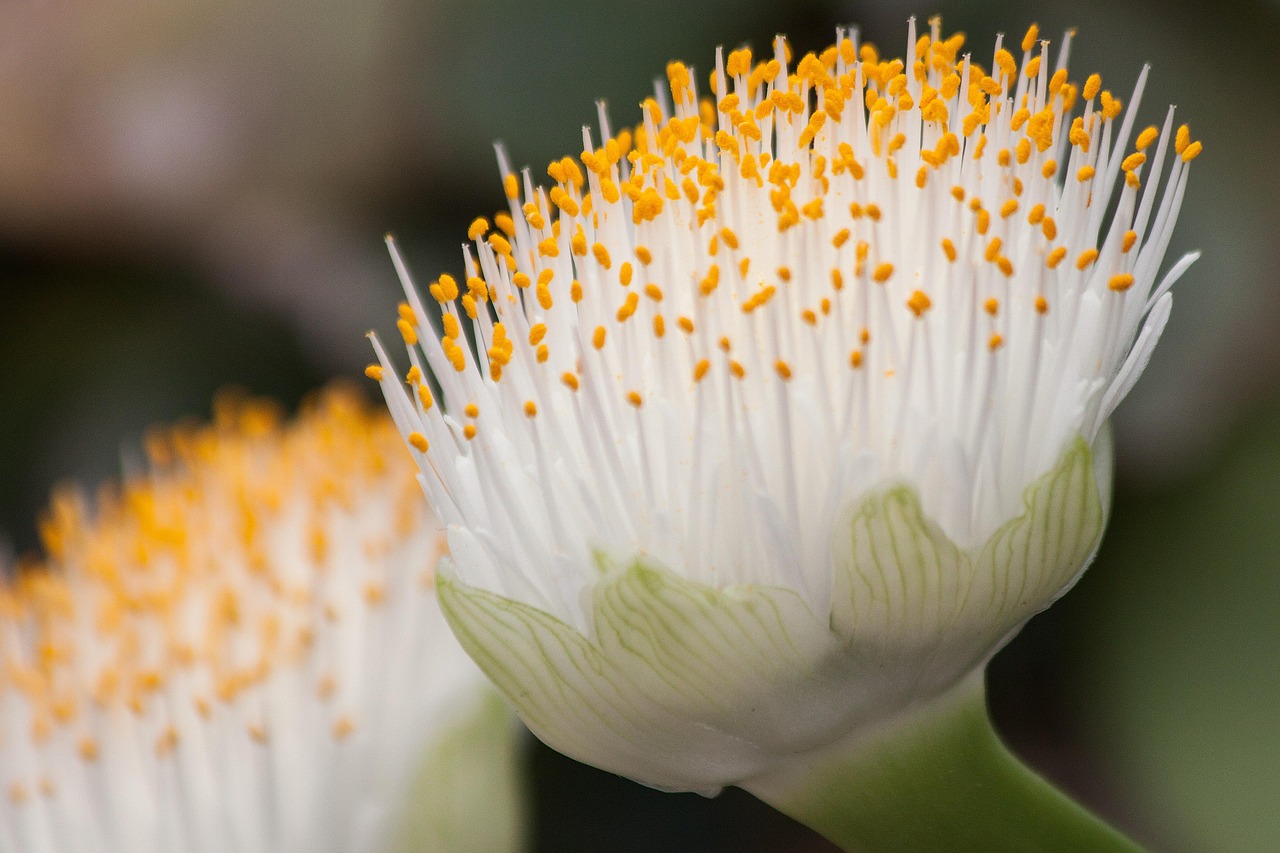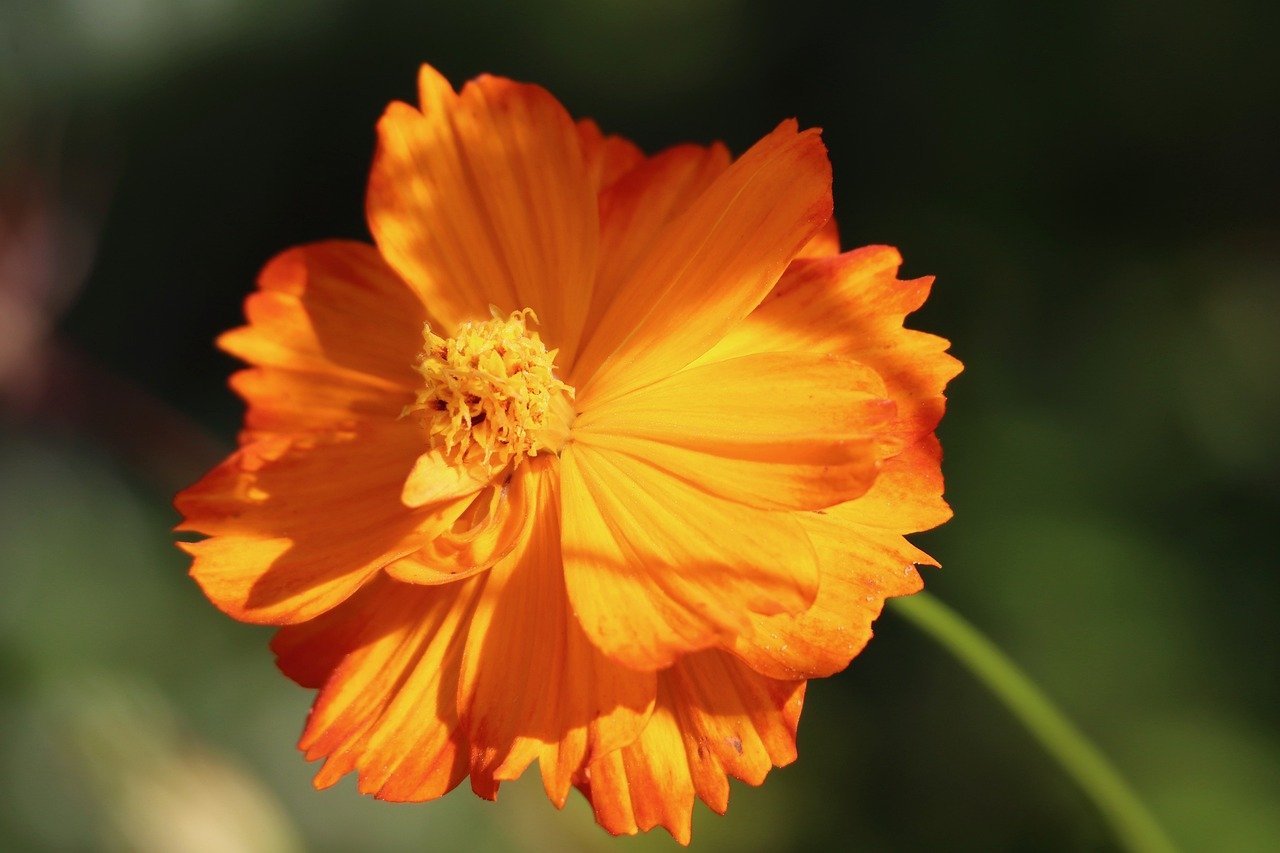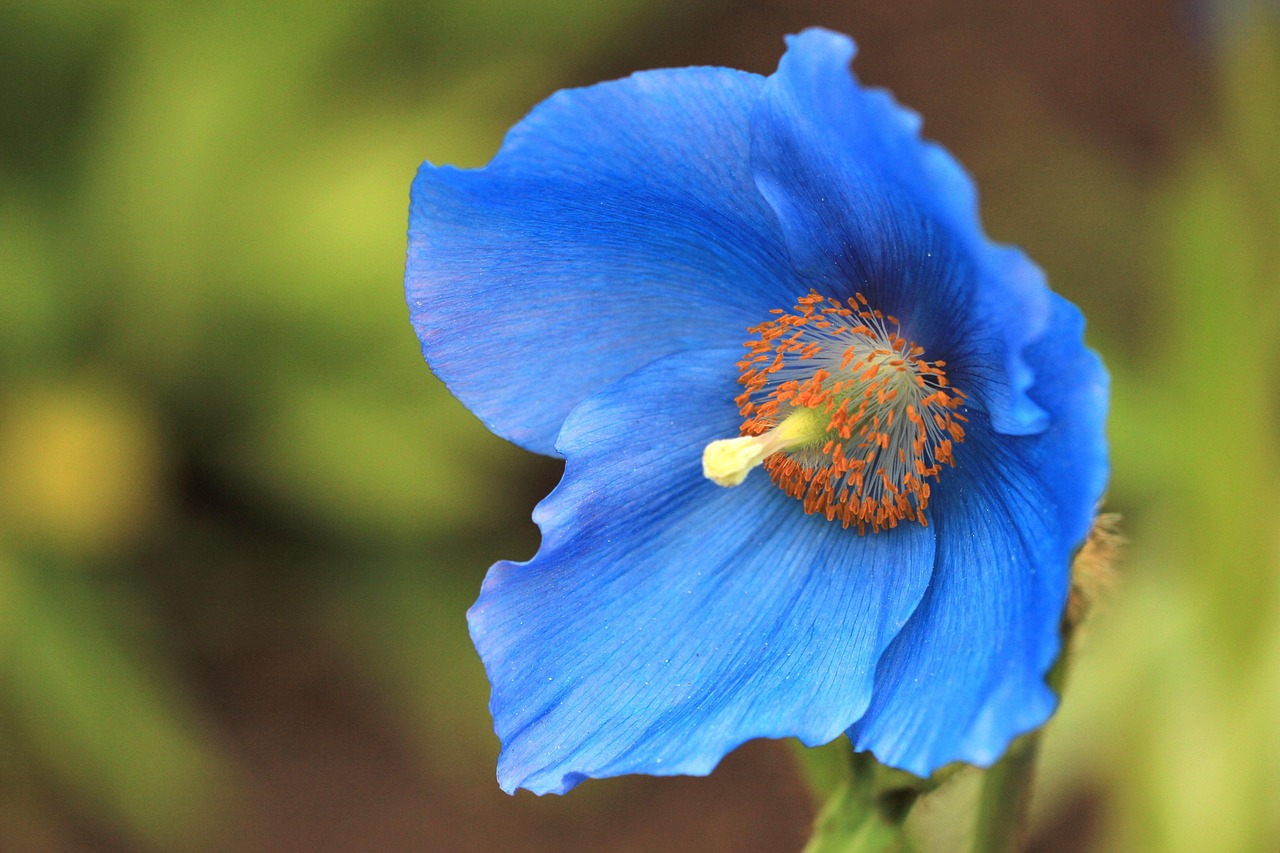Gloxinia | The Indoor Jewel That Adorned Victorian Greenhouses
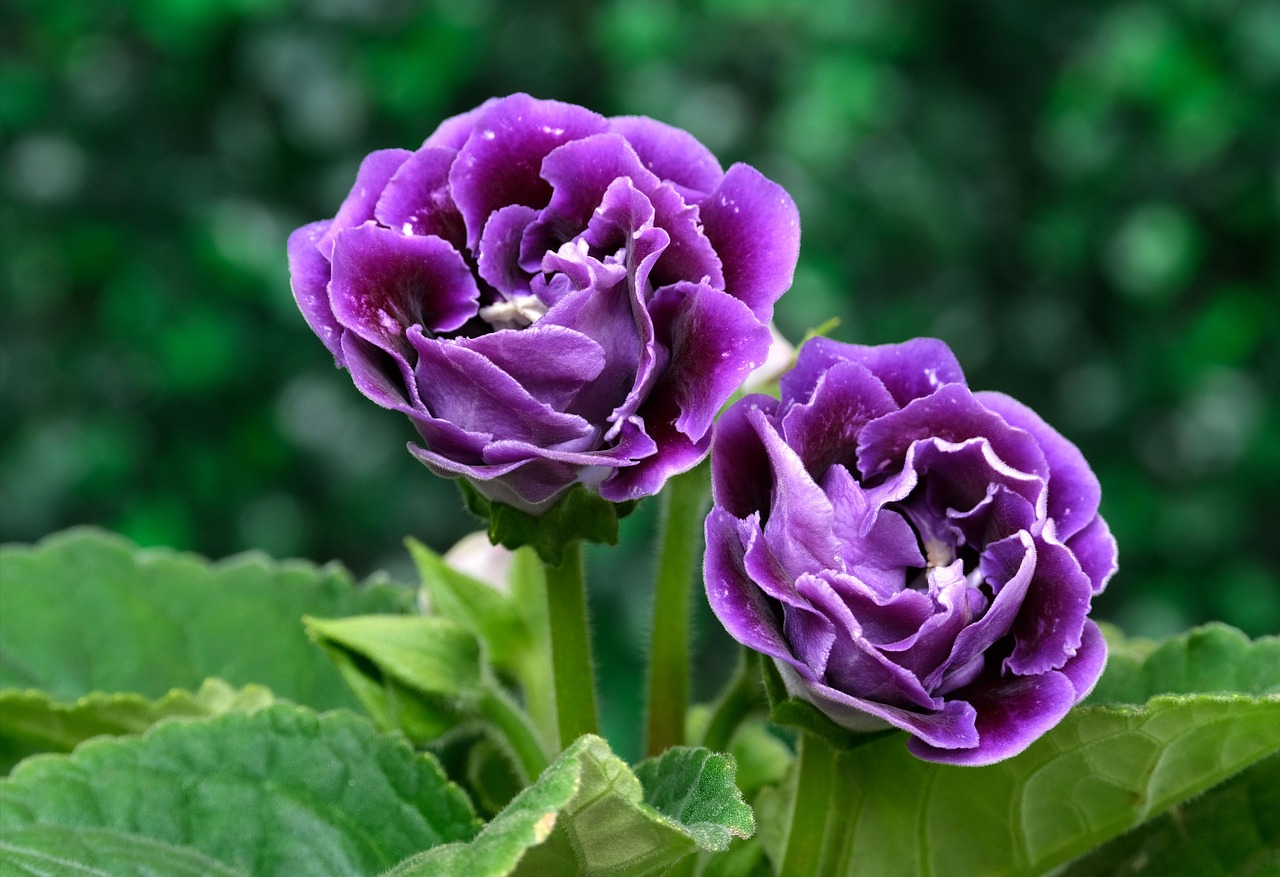
Gloxinia is a plant characterized by its large, vibrant flowers and smooth-textured leaves. I find it particularly suitable for indoor gardening, and its luxurious appearance also makes it a popular gift choice.
In this article, I will explain in detail the basic information, cultural and historical background, and key tips for cultivating gloxinia.
Basic Information
- Scientific name: Sinningia speciosa
- Family: Gesneriaceae
- Origin: South America (Brazil)
- Appearance: The flowers of gloxinia are large and rounded, available in a variety of colors such as purple, red, pink, and white. The petals have a velvety texture with rich hues. The leaves are broad, covered with soft hairs, and display a beautiful green color.
- Blooming season: Mainly from spring to summer, and with proper care, they can be enjoyed for an extended period.
Cultural Significance Around the World
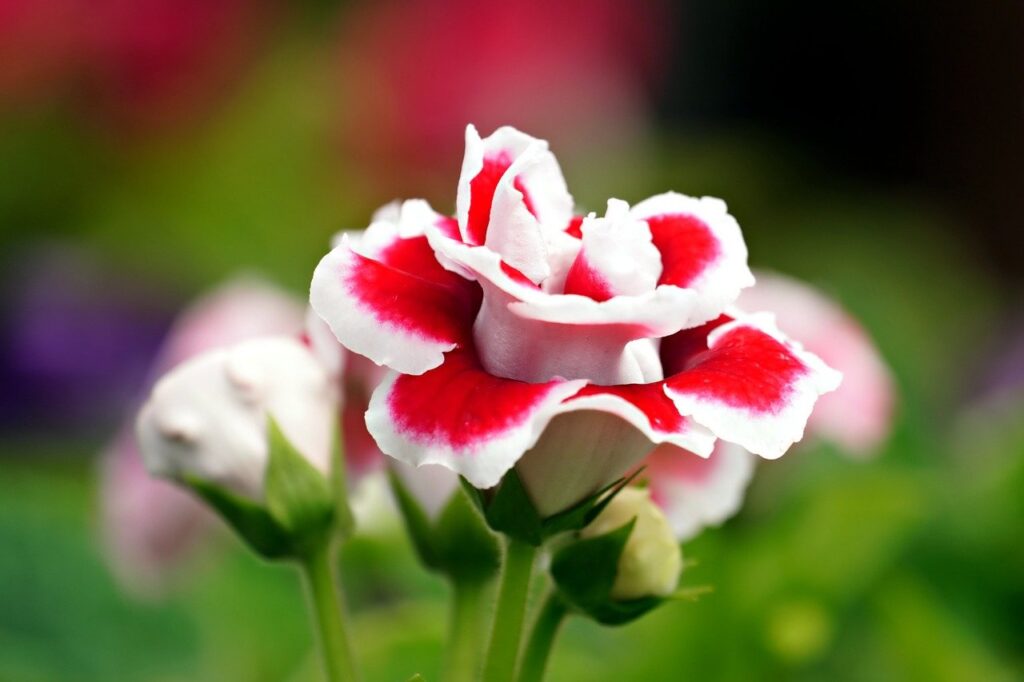
Gloxinia has long been cherished in Europe as a decorative indoor plant.
In Victorian England, it became popular among the aristocracy and wealthy classes as part of luxurious interiors. Due to its vivid colors and opulent appearance, it was often referred to as an “indoor jewel” and used as an essential decoration in social settings.
Today, gloxinia remains a popular gift, chosen to celebrate anniversaries or to express gratitude.
In China, it is loved as a household ornamental flower and is regarded as a symbol of prosperity and happiness.
Historical Background
The name Gloxinia honors the French botanist Benjamin Peter Gloxin.
Discovered in Brazil in the late 18th century, it was introduced to Europe, where it soon became widely known.
In the 19th century, German botanist Wilhelm Sinning developed new varieties, giving rise to the diverse cultivars we enjoy today.
During this era, when horticulture flourished in Europe, gloxinia was frequently displayed in botanical gardens and greenhouses, gaining popularity among the public.
Gardening Advice
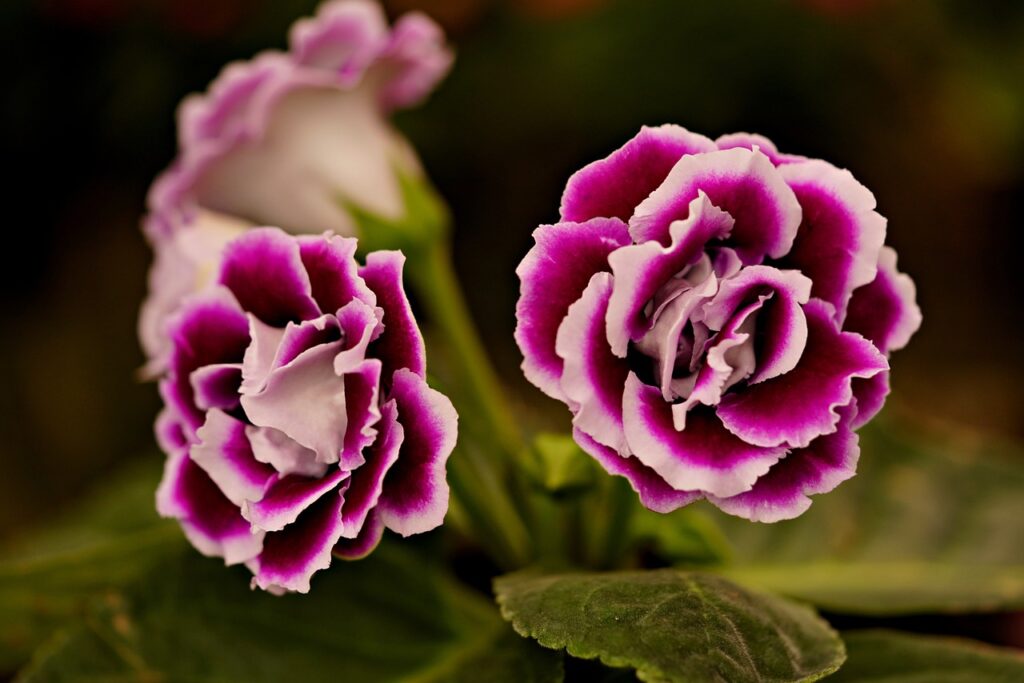
With proper care, gloxinia can produce beautiful flowers over a long period. Here are the main points for successful cultivation:
Light
It prefers bright, indirect light. Direct sunlight can damage leaves and flowers, so filtered light through lace curtains or a bright indoor location is ideal.
Watering
Water thoroughly once the soil surface has dried, allowing excess water to drain from the pot. Avoid overwatering to prevent root rot, and refrain from wetting the leaves or flowers directly.
Humidity
Maintain adequate humidity by misting the air around the plant or using a humidifier. Be cautious, as water droplets on the leaves or flowers can cause damage.
Soil
Choose soil that is well-draining yet retains some moisture. A mix of houseplant soil with perlite or leaf mold works effectively.
Fertilizer
During the growing season, apply liquid fertilizer every two weeks to encourage abundant flowering. Always follow the recommended concentration and avoid overfertilization.
Post-Dormancy Care
After blooming, gloxinia enters a dormant period. Reduce watering and fertilization, and keep the plant in a cool location to rest. Proper management during this time ensures vigorous blooms in the next season.
Conclusion
Gloxinia, with its vibrant blossoms and elegant appearance, has long captivated people as a cherished ornamental plant.
It can be easily grown indoors and enjoyed for its beauty over an extended period. I encourage you to welcome gloxinia into your daily life and appreciate the lively colors it brings.

